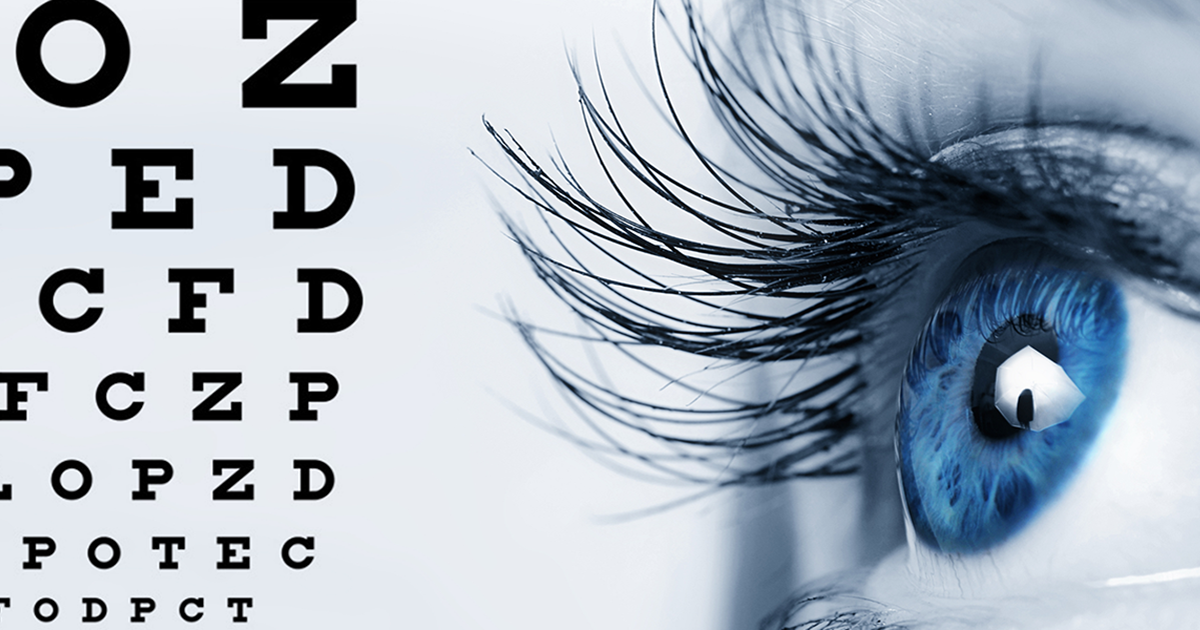Comprehending the Different Eye Issues Dealt With by Specialized Eye Care Professionals
In the world of eye treatment, specialized professionals play a vital duty in diagnosing and dealing with a vast selection of eye problems. As we begin on this expedition of the different eye conditions addressed by specialized eye treatment professionals, it ends up being apparent that the detailed internet of eye health holds a myriad of remarkable understandings waiting to be uncovered.
Common Refractive Mistakes
Refractive mistakes are typical aesthetic problems triggered by a flaw in the eye's capability to appropriately focus light, resulting in blurred vision. Astigmatism is identified by an irregularly shaped cornea, resulting in altered or blurred vision at all ranges. Presbyopia is an age-related problem where the lens sheds its flexibility, making it challenging to concentrate on close items.
These refractive mistakes can be fixed via different approaches, including glasses, contact lenses, or refractive surgical treatment. Eye treatment specialists play an important role in identifying and managing refractive errors to help individuals achieve clearer vision and boost their lifestyle.
Age-Related Eye Problems
One of the most prevalent age-related eye conditions is age-related macular degeneration (AMD), an illness that creates central vision loss and can make tasks like analysis and driving difficult. Cataracts, one more typical problem amongst older individuals, trigger clouding of the eye's natural lens, leading to obscured vision. Routine eye examinations with specialized eye treatment professionals are important for early detection and monitoring of these age-related eye problems to protect vision and keep ocular health and wellness as people expand older.
Vision-Threatening Conditions
Vision-threatening conditions incorporate a variety of significant ocular problems that have the prospective to significantly impact a person's eyesight and general visual function. These conditions present a danger of irreversible vision loss if not without delay diagnosed and treated by specialized eye treatment professionals. Some usual vision-threatening diseases consist of glaucoma, diabetic retinopathy, age-related macular degeneration (AMD), and retinal detachment.
Glaucoma is a group of eye conditions that damage the optic nerve, typically due to high intraocular pressure, leading to peripheral vision loss and prospective blindness if left unattended. AMD is a progressive condition impacting the macula, leading to central vision loss.
Early detection, normal eye examinations, and prompt intervention are crucial in managing vision-threatening conditions to maintain vision and preserve lifestyle. Specialized eye treatment experts play an important function in diagnosing, treating, and handling these conditions to stop irreparable vision loss.

Corneal Problems
Corneal problems encompass a range of problems that affect the clear front part of the eye, referred to as the cornea. These conditions can bring about discomfort, aesthetic disruptions, and in extreme situations, vision loss. One common corneal problem is keratoconus, where the cornea thins and protrudes outward into a cone form, creating astigmatism and blurred vision. Corneal dystrophies, such as Fuchs' dystrophy, cause progressive vision loss due to uncommon deposits in the cornea. Corneal abrasions, frequently brought on by injury or foreign objects, can cause discomfort, inflammation, and level of sensitivity to light. Furthermore, infections like keratitis can irritate the cornea, potentially resulting in scarring and vision impairment if not without delay treated. Therapy for corneal disorders varies depending upon the particular condition yet may consist of drugs, get in touch with lenses, or in extreme instances, corneal transplants. Regular eye exams are More about the author essential for early detection and administration of corneal problems to maintain vision and eye health.
Neurological Eye Conditions
Neurological eye conditions entail disorders that affect the link in between the eyes and the mind, affecting aesthetic processing and overall eye feature. These conditions can manifest in various methods, impacting vision, eye activities, and even the sychronisation in between the eyes. Visit Your URL One common neurological eye problem is optic neuritis, defined by inflammation of the optic nerve causing vision loss, shade desaturation, and discomfort with eye activity.
An additional significant condition is nystagmus, where the eyes make repeated, uncontrolled motions, affecting visual skill and depth understanding. Additionally, problems like amblyopia, often described as "careless eye," arise from unusual aesthetic growth in very early childhood, leading to lowered vision in one eye.
Neurological eye conditions require specific treatment from specialists like neuro-ophthalmologists who have know-how in both neurology and ophthalmology. Diagnosis commonly entails a thorough additional resources eye evaluation, imaging studies, and partnership with neurologists to address the underlying neurological issues influencing the aesthetic system. Treatment techniques can include drug, vision treatment, or in extreme instances, surgical treatments to manage these intricate problems efficiently.

Final Thought
To conclude, specialized eye care experts deal with a large range of eye problems, including usual refractive errors, age-related eye conditions, vision-threatening illness, corneal problems, and neurological eye conditions - refractive surgeries in al. By understanding these numerous conditions and looking for appropriate treatment from eye care professionals, individuals can maintain ideal eye health and vision. It is very important to prioritize routine eye assessments and adhere to recommended treatment strategies to preserve and safeguard one's vision for the future